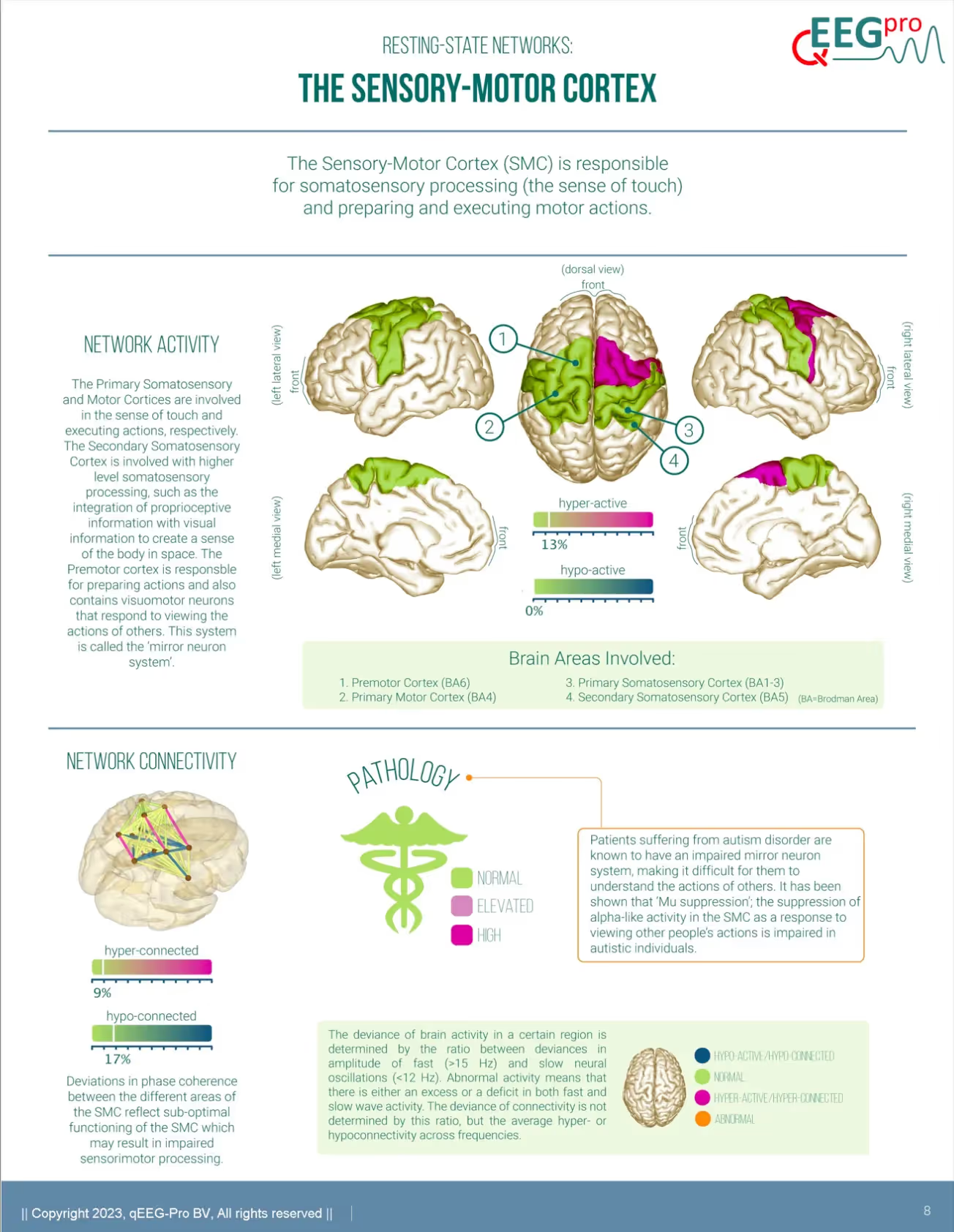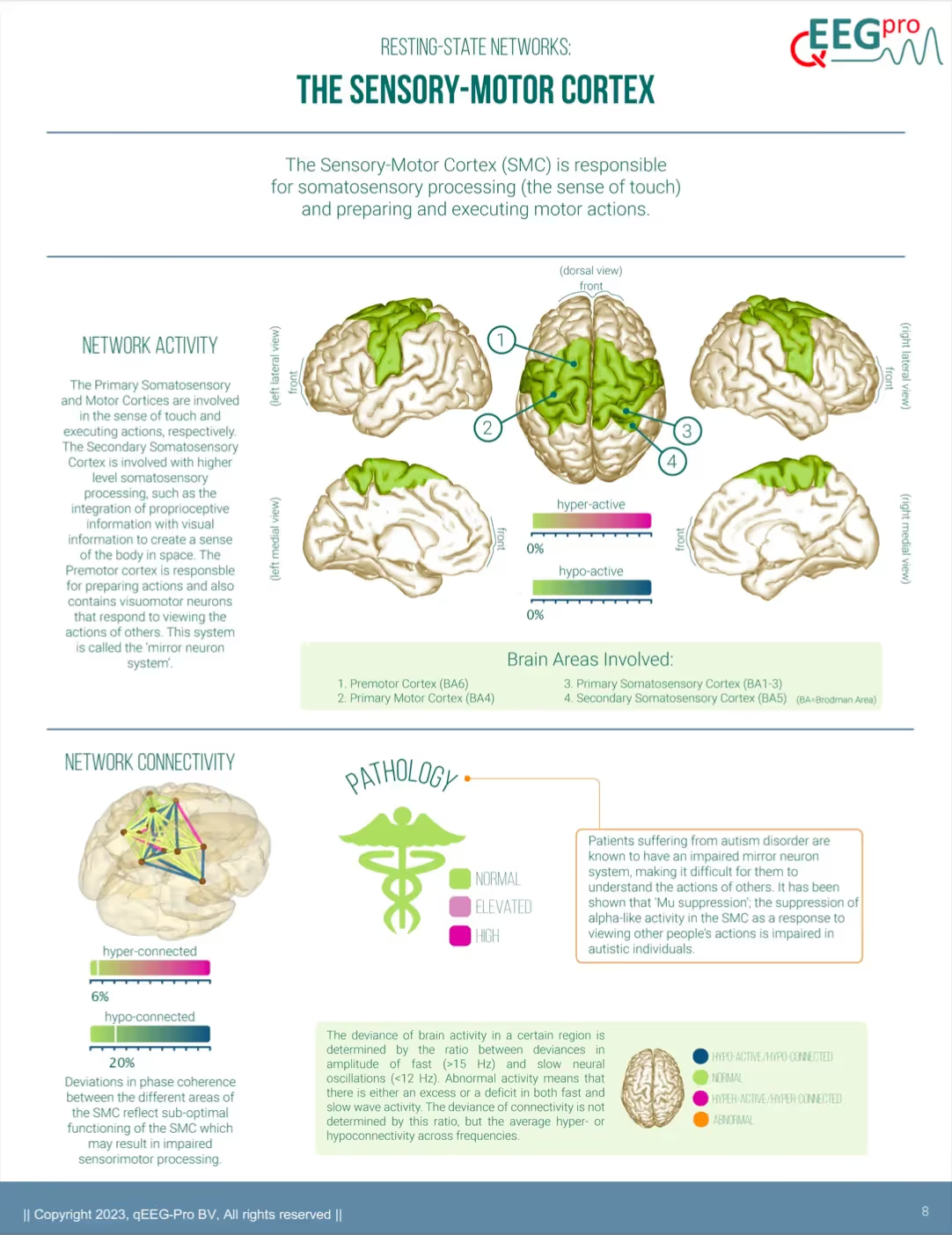Rewiring the Brain to Fight Against Dystonia
A Revolutionary Approach Using Light and Neuroplasticity to alter Cellular Senescence, Epigenetics, and Circadian Biology
What is Dystonia
Dystonia, a complex and debilitating neurologic disorder, is characterized by prolonged involuntary muscle contractions that cause twisting movements and abnormal postures. It can affect various parts of the body, including the limbs, trunk, face, and vocal cords, resulting in significant impairment in motor function and quality of life. Dystonia can manifest in different forms, including focal dystonia which affect only specific muscles or body parts, and generalized dystonia which involve multiple muscle groups. The exact cause of dystonia remains unclear, although it is believed to arise from a combination of genetic, environmental, and neurochemical factors. Efforts to improve the management of dystonia have focused on understanding the underlying cellular and molecular mechanisms to develop targeted therapeutic interventions. In this article, we will explore the promising potential of addressing cellular senescence, epigenetics, and circadian biology in order to ameliorate the symptoms and progression of dystonia.
Cellular Senescence
Cellular senescence is a state of what was once thought as irreversible growth arrest that cells enter into as a response to various stressors, including DNA damage, oxidative stress, and inflammation. It is a natural biological process that contributes to aging, age-related diseases, and overall cellular dysfunction. Senescent cells undergo a series of molecular changes that lead to alterations in their metabolic and functional properties. They secrete a range of pro-inflammatory factors and other molecules collectively known as the senescence-associated secretory phenotype (SASP). While cellular senescence serves as a protective mechanism to prevent damaged cells from becoming cancerous, the accumulation of senescent cells over time can have detrimental effects on tissue function and contribute to the development of various age-related disorders. We see clinically that there are factors that can actually accelerate this senescent process and lead to disorders such as dystonia and many others even in the younger population. Understanding and targeting cellular senescence pathways may offer novel therapeutic avenues for managing dystonia and other neurologic conditions by addressing the underlying cellular dysfunction.
Epigenetics in Healthcare
Epigenetics is the study of changes in gene expression or cellular phenotype that do not involve alterations in the underlying DNA sequence. It encompasses a range of molecular mechanisms that can influence gene activity, such as modifications to DNA itself (methylation) or to the proteins around which DNA is wound (histone modifications). These epigenetic modifications can have profound effects on gene expression patterns, potentially impacting an individual's health and susceptibility to various diseases.
In the context of healthcare, understanding epigenetics can provide valuable insights into the interaction between genes and the environment, as well as identify potential targets for therapeutic intervention. Epigenetic modifications have been linked to a wide range of conditions, including cancer, neurodegenerative disorders, cardiovascular diseases, and mental health disorders. By exploring epigenetic mechanisms, researchers and clinicians can gain a deeper understanding of disease development, progression, and response to treatment.
Applying epigenetics to healthcare holds significant promise. It enables the identification of potential biomarkers for early detection or monitoring of disease progression. Additionally, epigenetic modifications are reversible, meaning they can be targeted and potentially "reset" to a healthy state. This opens up new avenues for developing epigenetic-based therapies or interventions to modify gene expression and improve patient outcomes. However, it's important to note that further research is needed to fully understand the complexities of epigenetic mechanisms and their applications in healthcare.
Circadian Biology: Not Just About Sleep
Circadian biology refers to the study of biological rhythms that follow a roughly 24-hour cycle, known as the circadian rhythm. It is regulated by a complex network of molecular clocks present in cells throughout the body, orchestrated primarily by the suprachiasmatic nucleus (SCN) in the brain. Key players in circadian biology include CLOCK genes, BMAL1 genes, PER genes, and CRY genes.
The CLOCK and BMAL1 genes form a transcriptional activator complex that drives the expression of other genes involved in circadian rhythm regulation. These genes, including PER and CRY, subsequently inhibit their own transcription, creating a feedback loop essential for the rhythmic oscillations of gene activity. This intricate regulatory system affects not only sleep and wake cycles but also a wide array of physiological processes, including metabolism, hormone secretion, and cellular health.
Proper sleep is indeed crucial for maintaining a well-functioning circadian rhythm. Disruptions in sleep patterns or chronobiological misalignment can have detrimental effects on overall cellular health. One important aspect of circadian biology is its impact on the release of growth hormone (GH). Growth hormone plays a role in cellular regeneration, modulating cellular senescence, and even influencing stem cell activity. Disturbances in the circadian rhythm, such as sleep deprivation or irregular sleep schedules, can disrupt the release of growth hormone, potentially exacerbating cellular senescence and hindering the regenerative capacity of stem cells.
In recent years, research has emerged highlighting the extensive influence of circadian biology on cellular health. Circadian disruption has been associated with various health conditions, including metabolic disorders, cardiovascular disease, and neurodegenerative disorders. Understanding and optimizing circadian rhythms may provide opportunities to enhance overall cellular health, prevent cellular senescence, and promote regeneration.
It's crucial to note that while sleep is an essential component of circadian biology, the impact of circadian rhythms extends beyond sleep alone. Maintaining regular and appropriate light exposure, appropriate meal timing, and adherence to consistent daily routines are all factors that contribute to synchronizing circadian rhythms and ultimately supporting optimal cellular health. For example, the excessive use of various types of screens (phones, computers, televisions..etc) can alter our circadian biology and begin to disrupt cellular health and physiology in many different ways.
What we are focused on in our office is harnessing methods that we have created along with very specific and targeted modalities such as the application of therapeutic lasers and neurological stimulation to restore proper circadian biology, alter cellular senescence, and have a positive impact on our epigenetics. The ultimate goal is to produce positive neuroplasticity and sustained functional improvements in complex neurological cases that otherwise would have no hope or alternatives.
Heading 1
Heading 2
Heading 3
Heading 4
Heading 5
Heading 6
Lorem ipsum dolor sit amet, consectetur adipiscing elit, sed do eiusmod tempor incididunt ut labore et dolore magna aliqua. Ut enim ad minim veniam, quis nostrud exercitation ullamco laboris nisi ut aliquip ex ea commodo consequat. Duis aute irure dolor in reprehenderit in voluptate velit esse cillum dolore eu fugiat nulla pariatur.
Block quote
Ordered list
- Item 1
- Item 2
- Item 3
Unordered list
- Item A
- Item B
- Item C
Bold text
Emphasis
Superscript
Subscript
Where we begin
Hunter’s story and progress using our methods is truly inspiring and is offering hope to those suffering from dystonia and other neurological conditions that traditional therapy does not improve. It is remarkable to see the progress that Hunter has made after implementing our methods that are aimed at promoting neuroplasticity, altering cellular senescence, and improving circadian biology. When we first began to work with Hunter his head was constantly stuck in spasm turned to the left so much that he could not move his head in any other direction. His face was in spasm which drastically limited his ability to speak. In fact, his speech was very limited and worsening when he first presented to us due to the degree of this muscle spasm and dysfunction. He also presented with various other types of focal dystonia in his feet, legs, arms and hands that drastically altered his ability to perform daily activities. We also noted focal dystonia along various muscles in Hunter’s spine. Because of the degree of muscle spasm and dysfunction Hunter’s pain level was constantly very high; he would typically report a 7/10 on pain scales. Hunter was previously living a very active and productive life as a 16 year old high school student. He was a well recognized team leader with his sights set on playing baseball in college. When the dystonia set in these hopes and aspirations were lost.
Initial QEEG scan indicating hyperactivity in the sensory-motor cortex:

Most recent QEEG analysis demonstrating normalization of the sensory-motor cortex:

Through the positive neuroplastic, functional changes that Hunter has experienced, his brain has been able to rewire and adapt, leading to substantial improvements. We began first with an exam; meticulously looking at neurological imbalances via our functional neurology exam, QEEG assessments, balance testing and others. This allowed us to know where exactly to target the specific neurological stimuli and laser therapy that Hunter needed. We also had Hunter complete our Neurorestoration procedure which is a proprietary, laser-enhanced platelet rich plasma (PRP) procedure. This procedure supports the functional neurology therapy and helps to enhance neuroplasticity. In this procedure we used Hunter’s own PRP; which is rich in various types of growth factors and stem cells. We laser this PRP solution with a laser designed to alter surface proteins on these cells, and then re-administer shortly after while then utilizing this specific laser system to guide the cells where we need them to focus in his body.
Neuroplasticity: Frequency, Intensity, and Duration
A key component to Hunter’s progress has been his constant involvement in our NeuroSolution Intensive Care Program in our office located outside of Austin, TX. This program’s fundamental focus is to create positive neuroplasticity within the brain and nervous system. In order to create neuroplasticity many things are needed; but simply stated we need frequency, intensity and duration of proper and targeted neurological stimuli. Our program has Hunter coming into the office for 3-4 hours per day 5 days per week for multiple weeks. His commitment and determination to this program has been paramount to the drastic changes that have resulted.
Sustainable Results with Customized Care
Hunter was very quickly able to have sustained full range of motion with his head and neck - a dramatic and quick change. His speech is now much more clear and his various focal dystonias continue to wane. He now rates his pain as intermittent and when present will only be about a 2/10. Many people that have not seen Hunter since the dystonia sat in say that he is now a completely different person. Hunter is now able to pursue his passion for baseball again and has regained his motivation to play at the collegiate level, and that is incredibly inspirational. It showcases the potential benefits and need to integrate safe and innovative approaches to address complex neurological conditions like dystonia.
Neurological Care Redefined
Hunter's progress is a testament to the potential that these interventions hold and the importance of pursuing further research in this area. By continuing to develop a comprehensive understanding of these mechanisms and their specific impact on dystonia, we can potentially provide more effective and personalized treatments for individuals like Hunter.
Heading 1
Heading 2
Heading 3
Heading 4
Heading 5
Heading 6
Lorem ipsum dolor sit amet, consectetur adipiscing elit, sed do eiusmod tempor incididunt ut labore et dolore magna aliqua. Ut enim ad minim veniam, quis nostrud exercitation ullamco laboris nisi ut aliquip ex ea commodo consequat. Duis aute irure dolor in reprehenderit in voluptate velit esse cillum dolore eu fugiat nulla pariatur.
Block quote
Ordered list
- Item 1
- Item 2
- Item 3
Unordered list
- Item A
- Item B
- Item C
Bold text
Emphasis
Superscript
Subscript
Let's connect!
Whether you have questions, require consultation, or wish to invite Dr. Crawford to speak at your event or conference, we encourage you to reach out.
Talk With Dr. Crawford




